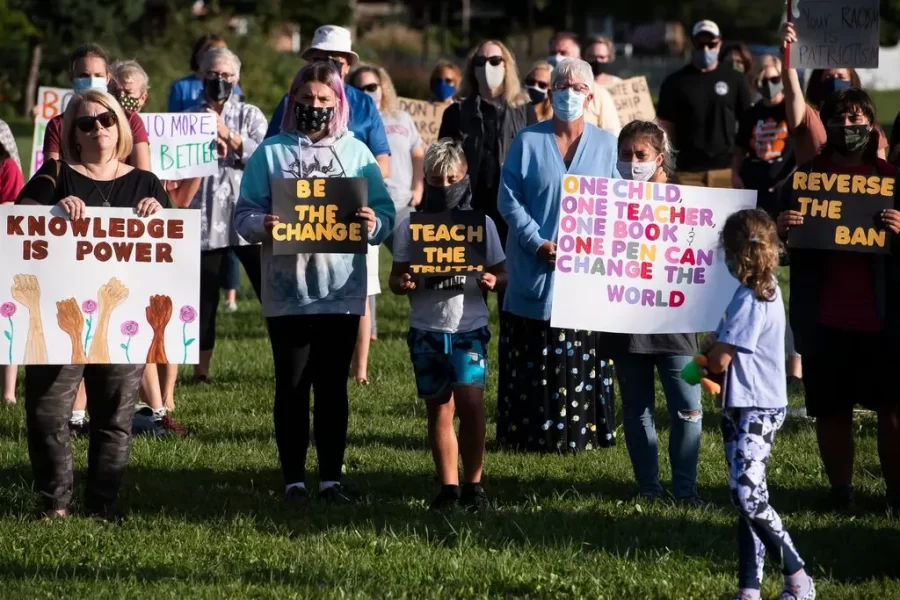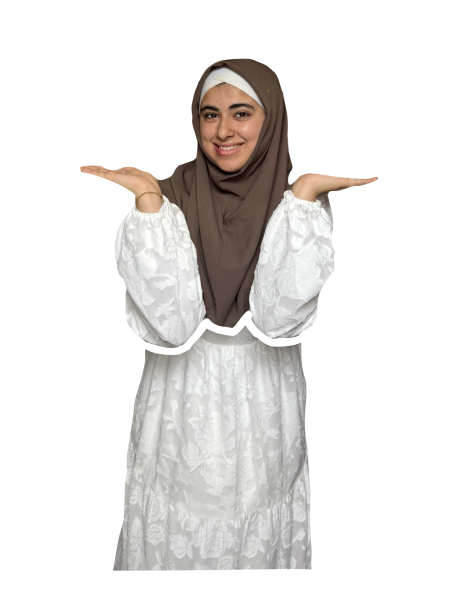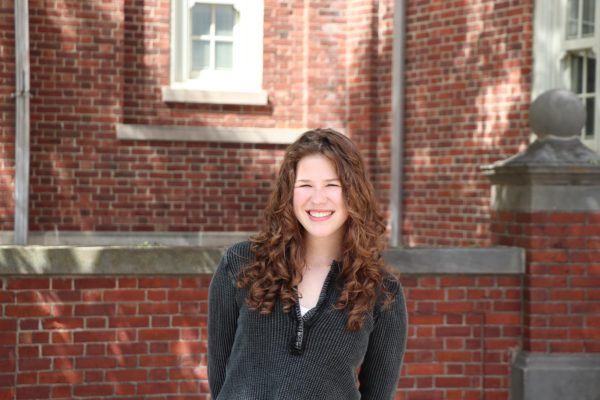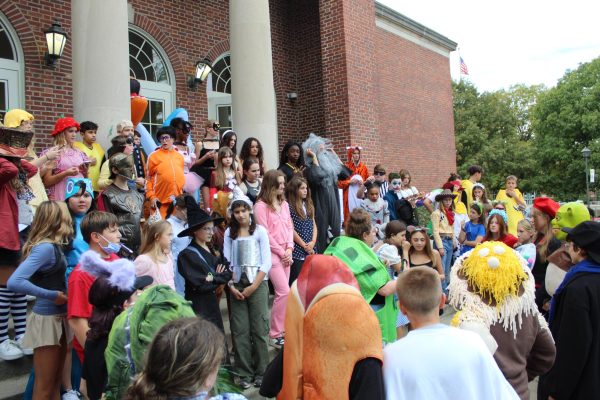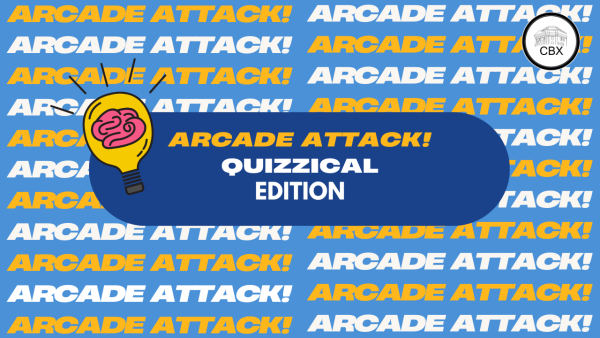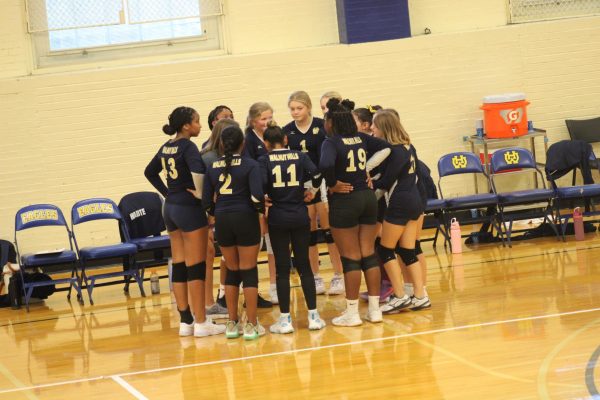Fahrenheit 2021
The problems with the book banning craze of the last year
Rabih Abuismail, a Republican representative for the Spotsylvania County School Board in Virginia, petitioned the rest of his colleagues to remove certain books in school libraries. “I don’t want to see them, I just want to burn them,” Abuismail said, describing books with “sexually explicit” material that he deemed against school regulations.
This violent outcry to challenge or ban books from schools is just one of many that have arisen in the past year. According to BannedBooksWeek.org, over 270 titles were either removed from shelves or were at least attempted to be, with the top 10 most challenged books being either stories from the perspective of people of color or members of the LGBTQIA+ community.
The definition of a banned book, according to the American Library Association, is a book that has been removed from libraries, either in schools or nationwide, and a challenged book is one that is up for consideration for that title. Throughout history many books have been banned for fairly progressive reasons, such as Mark Twain’s The Adventures of Huckleberry Finn, which was taken out of school curriculums due to the repeated use of derogatory terms for African-Americans, and Harper Lee’s To Kill a Mockingbird, which addresses segregation and racial bias through depicting lawyer Atticus Finch in a “white savior” role. In the past couple of months, however, there has been a much larger push from the conservative side of the political spectrum to remove books that glorify a more liberal world view.
Of course, people are allowed to feel how they feel about the subject matter of books ranging from Huck Finn to The Hate U Give, but there truly is a fundamental difference between banning a book because of social reformation and because of discomfort or guilt.
Banning or challenging a book like Of Mice and Men by John Steinbeck “for racial slurs and racist stereotypes, and their negative effect on students,” according to the ALA, is fighting against centuries of inherent oppression and the inability to speak out against the degrading nature of these slurs.
The idea that a book like George by Alex Gino can be eight spots ahead of Of Mice and Men on the top challenged books of 2020 list for representing LGBTQIA+ individuals in a way that goes against the religious tolerance (or lack thereof) and “the values of [an individual] community,” proves that something is wrong with the way these more traditionally conservative groups perceive marginalization and whom it actually applies to.
“If it is a traditionally marginalized or oppressed group, people are much more likely to listen and give credence to those voices than… the voices claiming to be oppressed are a group that has never known oppression,” Blake Taylor, a WHHS English teacher, said.
Taylor teaches AP English Literature and Composition, a class that “allows [students] to immerse [themselves] in minds, hearts, and experiences that are unlike [their] own… through the lens that the author provides.” The curriculum inherently is based on learning from multiple different perspectives, but it has certainly shifted as more and more groups of minorities began to speak up about the discomfort being felt by those written about from a perspective they didn’t share.
“Although I’m deeply troubled by some of the uprising of book banning in the last… nine months or so… it’s a surge coming from different quarters of society,” Taylor said. “I should not be so arrogant to think that my love of [a] book is more important than the hearts and minds of my students and their families.”
One of the most well documented pushes by a more traditionally right-swinging community in recent news is that of Matt Krause in Texas, who asked the Texas House of Representatives to identify any books in their school districts that contain “material that might make students feel discomfort, guilt, anguish, or any other form of psychological distress because of their race or sex or convey that a student, by virtue of their race or sex, is inherently racist, sexist or oppressive, whether consciously or unconsciously.” Krause then proceeded to attach a 16 page list of books and texts he deemed unworthy of being in schools, including a childrens’ board book called A is for Activist by Innosanto Nagara, and a video about Roe v. Wade, the supreme court case that first dealt with a woman’s right to having an abortion.
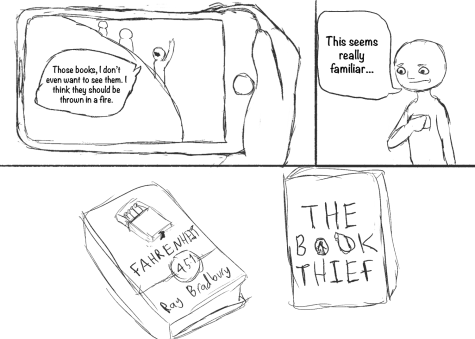
Note that Krause makes explicit reference to making sure students don’t feel racist or sexist because of any book, while glossing over titles that may make students in historically oppressed groups feel that stress.
It is decidedly not a reflection of an entire group of people that one might feel racist or sexist. If the call was for those who were oppressed before to now oppress those who were in the majority, that would be a different story, but the ask from these groups is for equality, not superiority. If a person reads a book and feels like they themselves have been mistreated for feeling bad about centuries of inequality that did not happen to them or their group, that’s probably a clue that they’re just part of the problem.
The growing popularity in banning books by these groups is most likely a result of growing legislations across the world that grant minorities equal rights as them, such as Scotland making LGBTQIA+ history required teaching, and record numbers of Hispanic and African-American members of the American government, which disrupt their views of how the world should work. There needs to be a widespread understanding, however, of the threshold of banning a book.
The bottom line is this: banning a book to make up for widely condemned events in the past is in no way comparable to trying to cover up widely praised progressions in civil rights of the present.
Your donation will support the student journalists of Walnut Hills High School. Your contribution will allow us to purchase equipment, cover our annual website hosting, printing costs and offset competition and conferences fees for students.




